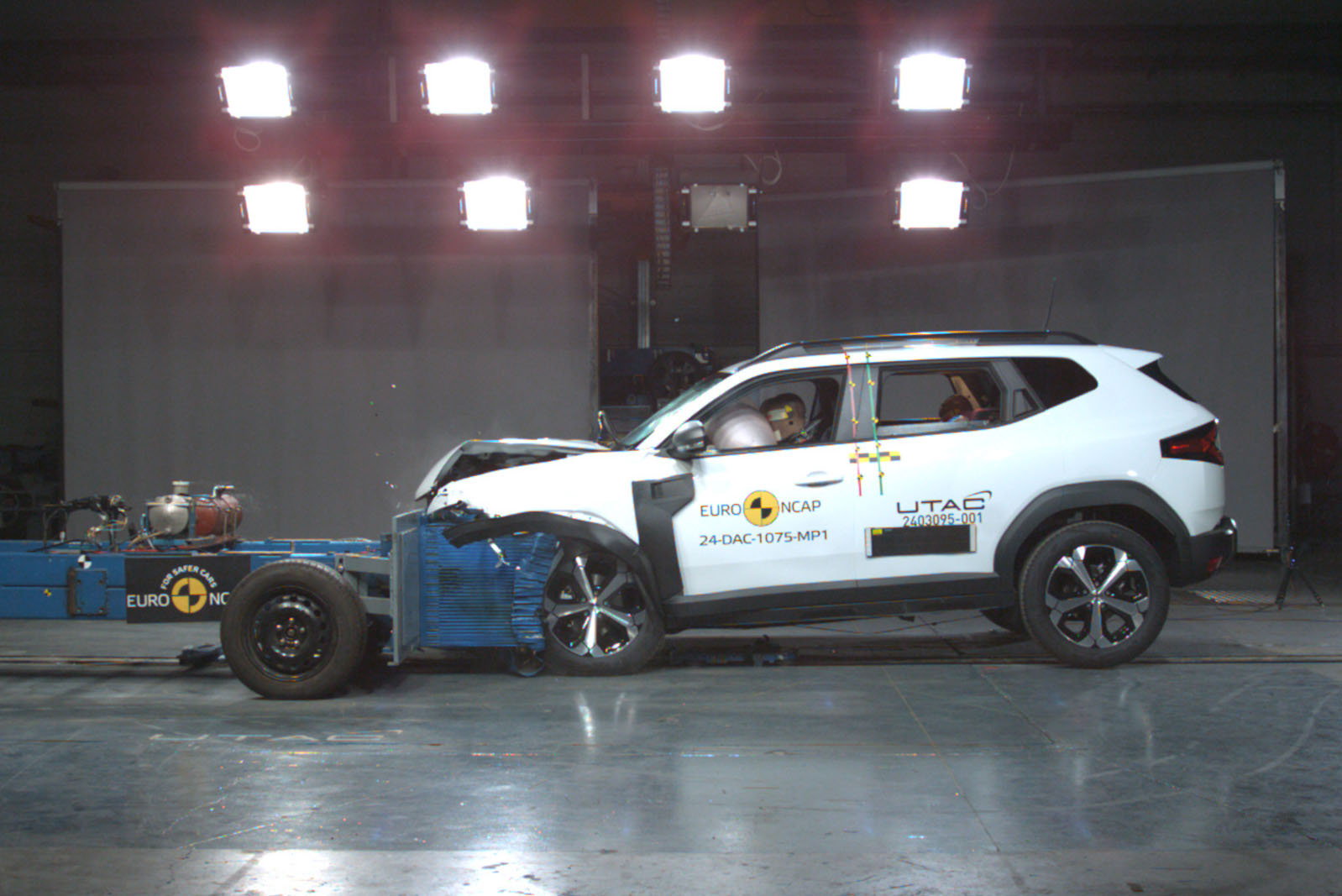However, Euro NCAP board member and Thatcham Research chief technical offi cer Richard Billyeald argues that the higher standards demanded by regulators, and the star ratings that come attached to them, are important to buyers of new cars.
“Euro NCAP has always pushed way beyond legislation, and that’s what it’s designed to do,” he said. “Legislation has to be a very low bar: it has to be quite broad and pick up on the fundamentals. Euro NCAP pushes technology. It is about what is possible, what can the technology do to push the safety envelope, to improve things.”
Nevertheless, Billyeald agreed that it is more of a challenge for car makers such as Citroën and Dacia that are pushing for a lower price point. He argued that while they can’t fit systems that “have all the bells and whistles”, they could “target [safety] in different places”, such as in terms of usability.
With reference to star ratings, Billyeald added: “I think you do need that simplicity. For example, my mum is not going to buy a car based on [test] percentages; she’s going to look at the star rating and inherently know what that means. So I think the concept is absolutely right.”
However, the speed at which technology is evolving means cars – like smartphones – are becoming outdated quickly in the eyes of regulators, according to Koskas. This means that unless manufacturers make costly alterations, cars will have their safety ratings reduced.
“Look at the previous-generation C3,” he said. “It had a four-star rating, but now it would be a zero-star car. This does not mean that the car is not safe; it just means the barrier for safety has increased.”
Another criticism is how these active safety systems are presented at a user level. For example, Autocar’s testers have been critical of some ADAS, especially those that monitor the driver’s behaviour and identify posted speed limits.
While new cars are legally required to have these systems fi tted, some car manufacturers – including Citroën and Dacia – fit buttons that allow drivers to turn the systems off, if only for the duration of that particular journey.

